
Koyo Kouoh: Art is in the cracks, not in the polish
The Meret Oppenheim prizeExternal link took Koyo Kouoh by surprise, and not just because she doesn't care about prizes. The Swiss-Cameroonian curator says she never found much of an echo in Switzerland for her artistic interests – postcolonialism, African diaspora, and identity politics – for which she has received praise in many other countries.

Koyo Kouoh, described by The New York Times in 2015 as “one of Africa’s pre-eminent art curators”, is always on the move, even in the middle of a pandemic. She currently lives in Cape Town, South Africa, where she runs the Zeitz Museum of Contemporary Art Africa (MOCAA), which holds the largest collection of contemporary art in the world.
SWI swissinfo.ch met her during a brief escapade to Switzerland. Her husband lives in Basel but her heart is in Zurich, she says, though she was quick to rush to Paris before trying to fly back to South Africa (but she is still stuck in Switzerland).
Born in the coastal city of Douala in Cameroon, Kouoh came to Zurich in her early teens to reunite with her mother. She pursued studies in banking and business before shifting her attention to the arts.
SWI swissinfo.ch: How was the move from Cameroon to Switzerland?
Koyo Kouoh: I was born in the coastal town of Douala, where the vibrancy, the activity, the noise of urban life were very strong. So, coming to Zurich I found it extremely quiet, small, clean; everything that is characteristic Switzerland. For me it was an emotional journey, extremely enriching in terms of being able to live with my mother again, and to learn a new language, Swiss-German, that I always wanted to learn. Cameroon was a German colony until the First World War, and many German words are still present in our local dialect.
SWI swissinfo.ch: Was your interest in the arts brewing in you for some time or did it happened by chance?
K.K.: People have a lot of fabrics, and you have a fabric for creativity, for the arts, or you don’t. I’m very much opposed to the idea that only in certain contexts or with a certain upbringing or background you get access or exposure to creative or artistic ideas. I came from a very modest background; my grandmother was a seamstress. You can’t grow up in Africa without having access to creativity. Dance, music, clothing are givens. You don’t need specific schooling, it’s just part of the lifestyle.
Kouoh left Switzerland in 1996 to set up the Raw Material CompanyExternal link, an art centre in Dakar, Senegal. Since then she has developed a career more focused on building up institutions, having established several initiatives in Africa and Europe that challenge the eurocentrism of the global art circuit, rather than promoting individual artists.
SWI swissinfo.ch: In 2014 you made a proposalExternal link for the Manifesta 11External link biennial that took place in Zurich (2016). The proposal was rejected, but it made quite a few waves within the local art scene. What were the main issues you wanted to tackle with it?
K.K.: I never applied to any of these biennial things but then I was asked. It was also at the time when I was thinking more about the circuit of art biennials in itself and the spectacle that it produces and the city marketing that it engenders.
Even though my proposal was not successful, I still loved it, for I think it puts the spotlight on historical aspects that very few people know about Zurich.
SWI swissinfo.ch: What is there to know about Zurich?
It is such a tiny place that is so loaded with culture, loaded with wealth. I really wanted to look at the cracks instead of the polish. It would have been something that infiltrates the city as opposed to exposing the city to beautiful sights and so on.
Thinking about this proposal, I felt that Zurich is not a place that needs another contemporary biennial, it needs another conversation. And at that time Switzerland was totally enmeshed in the whole talk of racism, the controversies of the [right-wing] Swiss People’s Party on limiting migration. This is something that’s been going on and on.
It would be really good to link Zurich and Switzerland to the larger narratives of the 20th century: postcolonialism, postmodernity, migration, racism, colonialism in its multiple forms.
Home is where the art isExternal link, Kouoh’s recent exhibition in the MOCAA, sums up her stance as a world citizen, but also is very telling of her practice as a curator. The show displays more than 1,600 artworks assembled through a submission process open to all citizens of Cape Town. Working closely with the immediate community around an institution is vital for curators like Kouoh who seek to make the museum a living site instead of a mere cabinet of ancient and exotic objects.
SWI swissinfo.ch: After this rejection how much of a surprise was the Meret Oppenheim PrizeExternal link?
K.K.: A total surprise. I never worked in Switzerland as a curator or a cultural producer, or as an exhibition maker. I moved out of Switzerland to Senegal exactly 24 years ago; my entire professional journey and my professional coming-of-age didn’t happen here.
My youth happened here, and I treasure that time a lot. I was not aware that the Federal Office of Culture in Bern was looking at me in any sort of way, for the simple reason that the subject matters that interest me, the ideas that I pursue in my work – African diaspora, process-based conceptual art, postcolonialism, identity politics – are not exactly popular here. I didn’t get opportunities to work in this country in those fields, but that’s fine for me. I don’t consider Switzerland as a potential site for work.
SWI swissinfo.ch: What’s left of your Swiss ties then?
K.K.: It’s an emotional thing. I love the country, I have a Swiss passport, my family is here, and it was only three years ago that, for the first time, I got an invitation from Pro Helvetia to curate the Salon Suisse [for the Venice Biennale, a space parallel to the exhibition of the official Swiss PavilionExternal link]. But I never really think about awards. I do what I need to do.

SWI swissinfo.ch: But you do think about the figure of Meret Oppenheim, the artist?
K.K.: Sure! When I started to get interested in art the surrealist movement was an obvious reference, the legacy of Dada was very present, so of course Meret Oppenheim was a figure. It is also because she was a woman at a time when having a voice or a position, especially among all those surrealist supermachos like André Breton, was quite an achievement for a woman coming from such a small country. Besides, feminism for me is first nature. I am very involved in women’s voices, but I don’t really make a lot of noise around it. I don’t need to carry a flag, it just comes naturally.
SWI swissinfo.ch: Switzerland has a strange relationship to Modernism. Although Dada kicked off in Zurich, the movement is still very timidly taught in schools.
K.K.: Look, in the 1980s, the spirit of the Cabaret Voltaire was revived in a certain way. But we have to consider that there is such a high level of specialisation in Swiss culture, specialisation in everything. Look at how education is structured in Switzerland. People are trapped into different fields very early, and they don’t access the knowledge of other fields. Differently from places like Cameroon or Brazil, or other postcolonial areas, where we tend to have a pan-knowledge, a generalist knowledge, where you know and learn different things. Here you know a lot about one thing, mainly.
Switzerland also has a big inferiority complex, in terms of size, of autonomy. There is no real uniformity in the country. We speak German, French, Italian – there is no Swiss as such. I have observed over the years that it’s a country that likes to stay on the sidewalk and provide the asphalt to pave the road – and make money doing it. You also see this when you look at colonial studies and colonial history: Switzerland always claims “oh we were neutral, we were not imperialists, we never participated in any of this”. Of course you did! All the way until today. Remember that the biggest markets for raw materials is in Zug, for instance.
SWI swissinfo.ch: A new generation of Swiss historians has been working over the past few years to open the can of Switzerland’s colonial past and present. But it hasn’t yet reached the schools, either.
K.K.: It will still take some time to reach the schools. The good and the bad thing about this country is that everything goes very slowly. It’s bad when you’re in a hurry but it will happen. Slowness has its advantages, but in the times that we are living now, things should be faster. All this conversation has to trickle down into the households. Because there is a lot of Swiss people still living these mythologies about the country that have no foot in history, and all these mythologies need to be unpacked. This is not to shame the country in any way. It is really to give a full picture of the country.
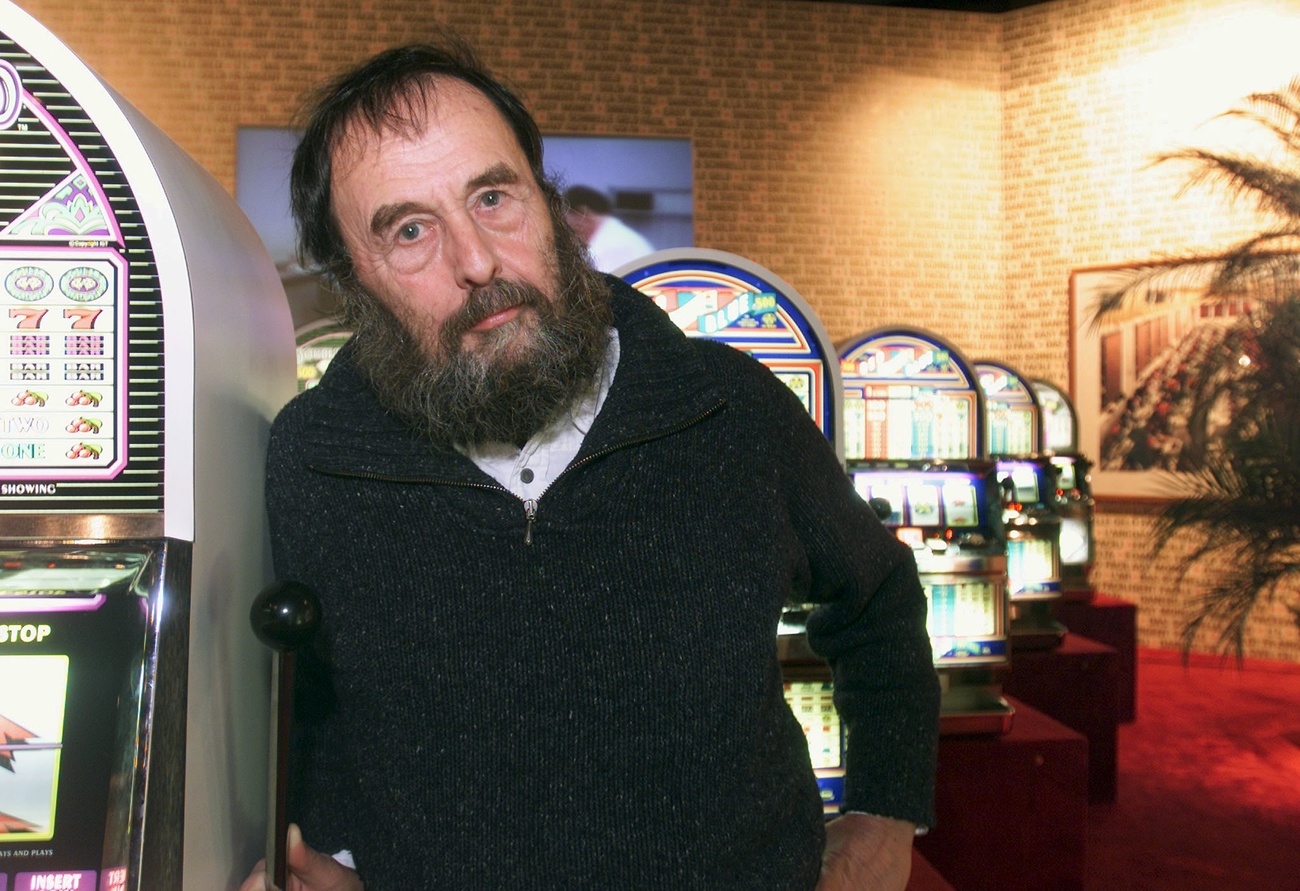
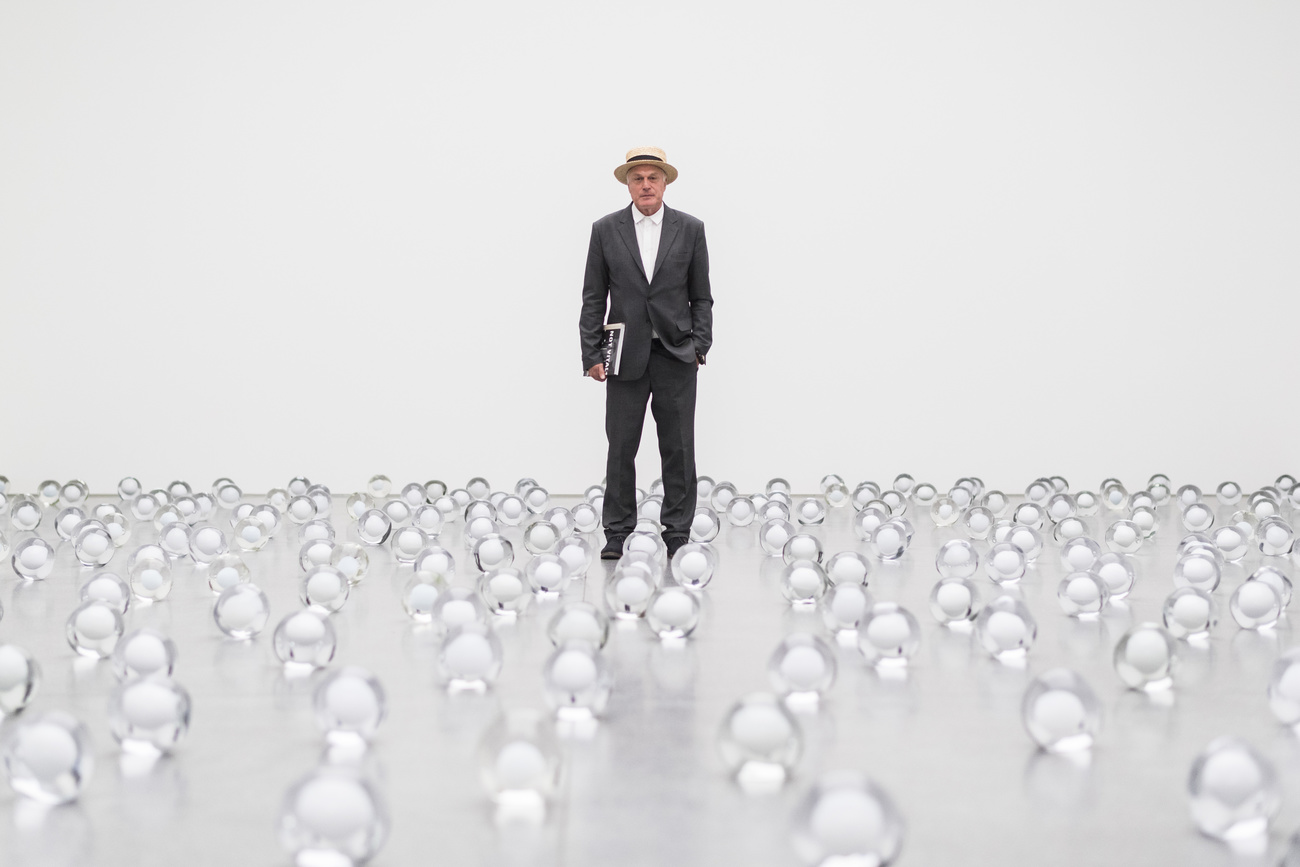
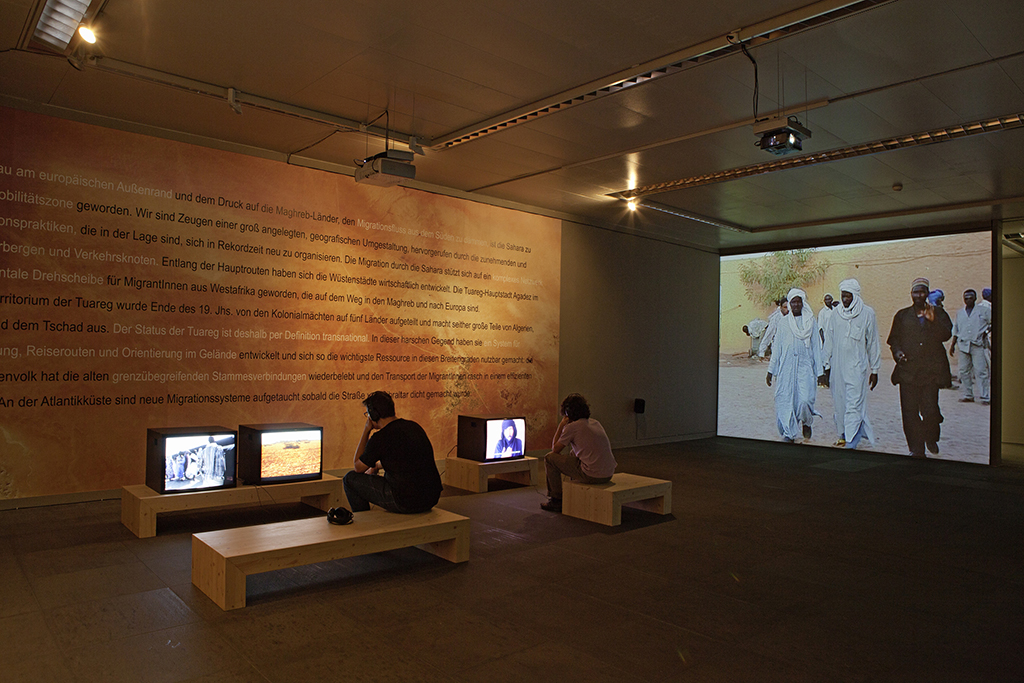

In compliance with the JTI standards
More: SWI swissinfo.ch certified by the Journalism Trust Initiative


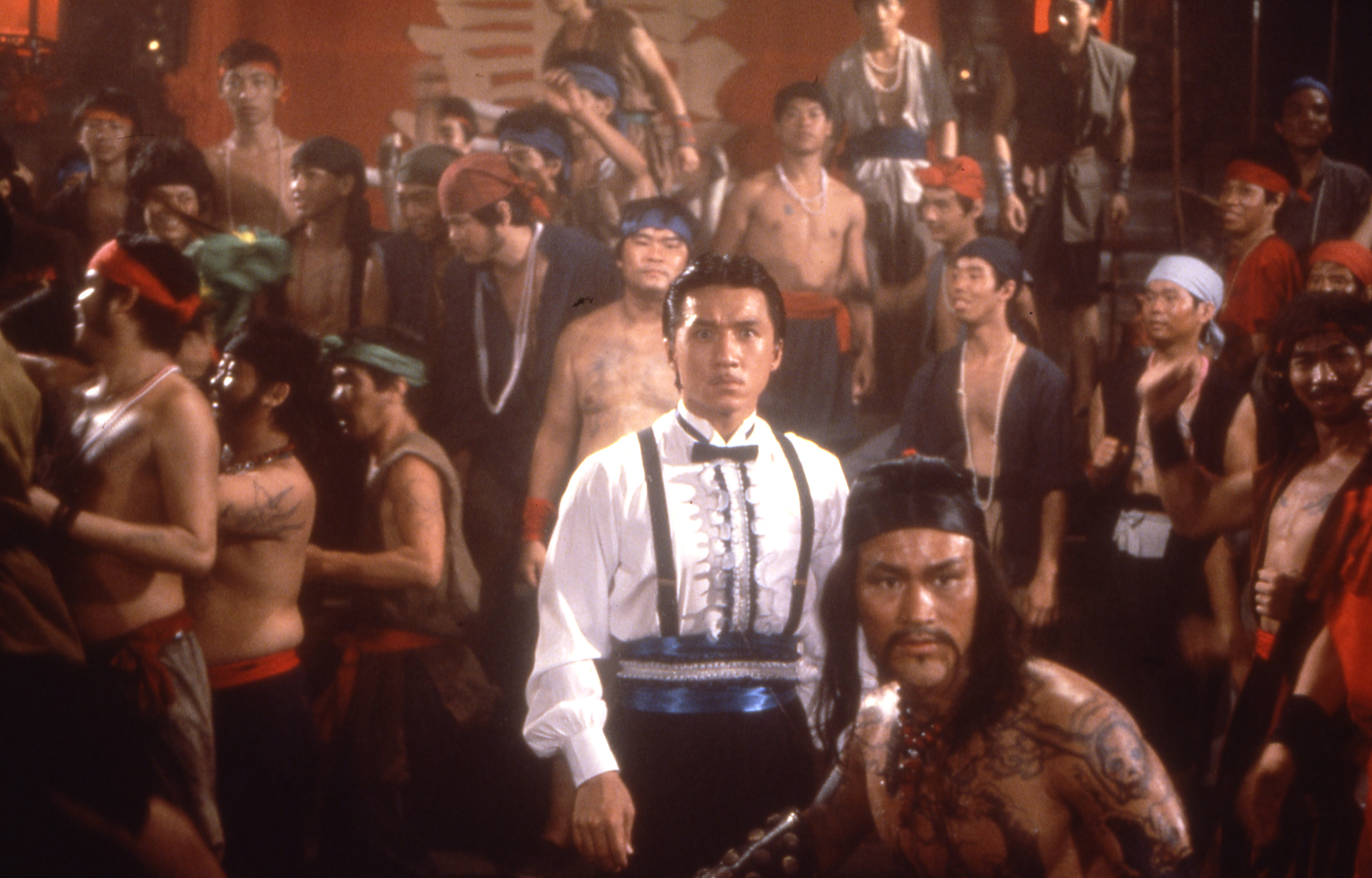






















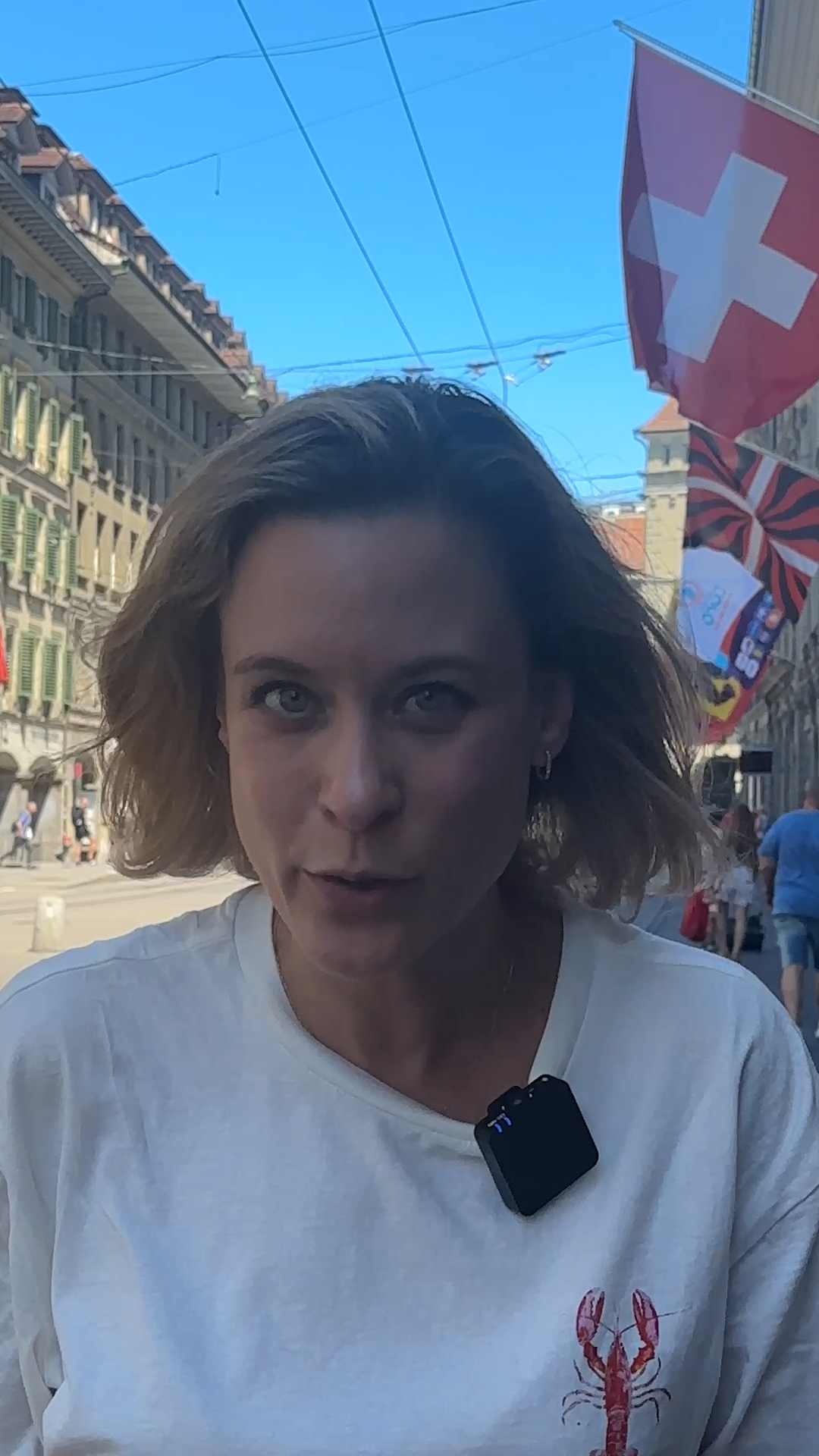

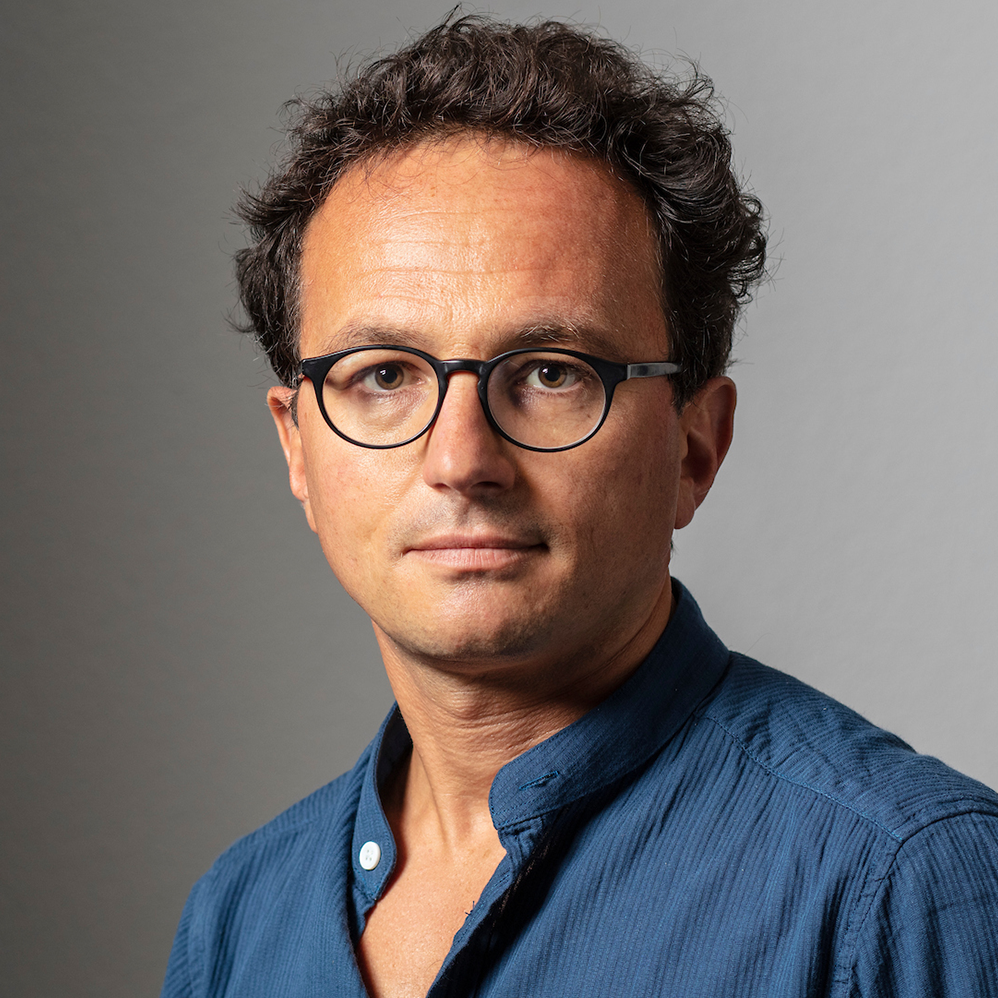
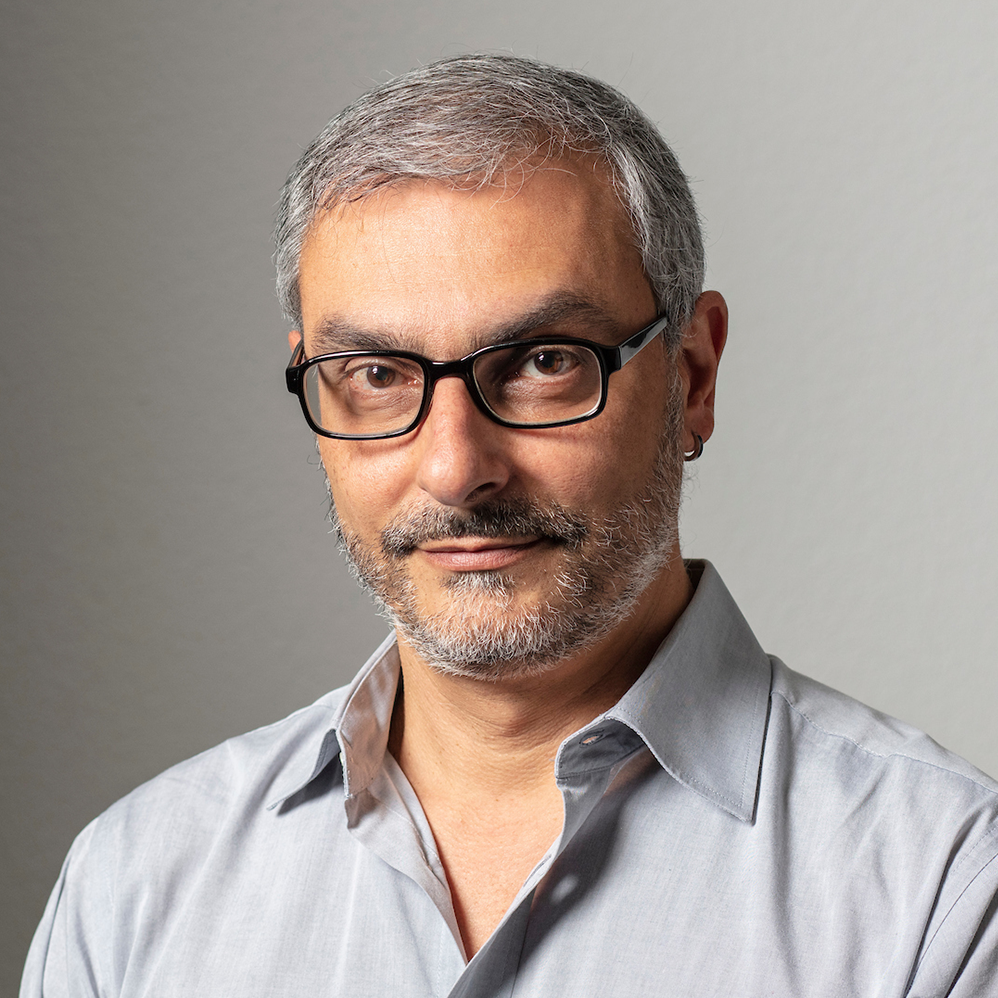






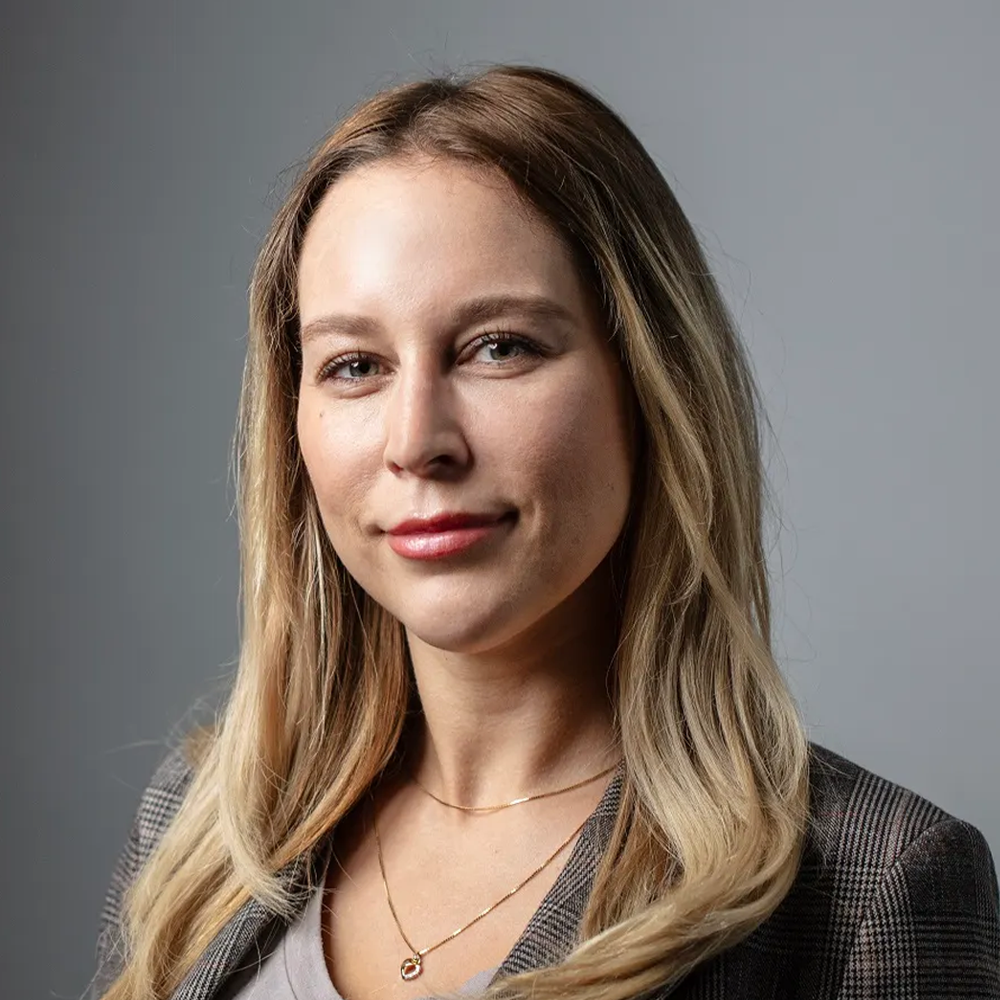


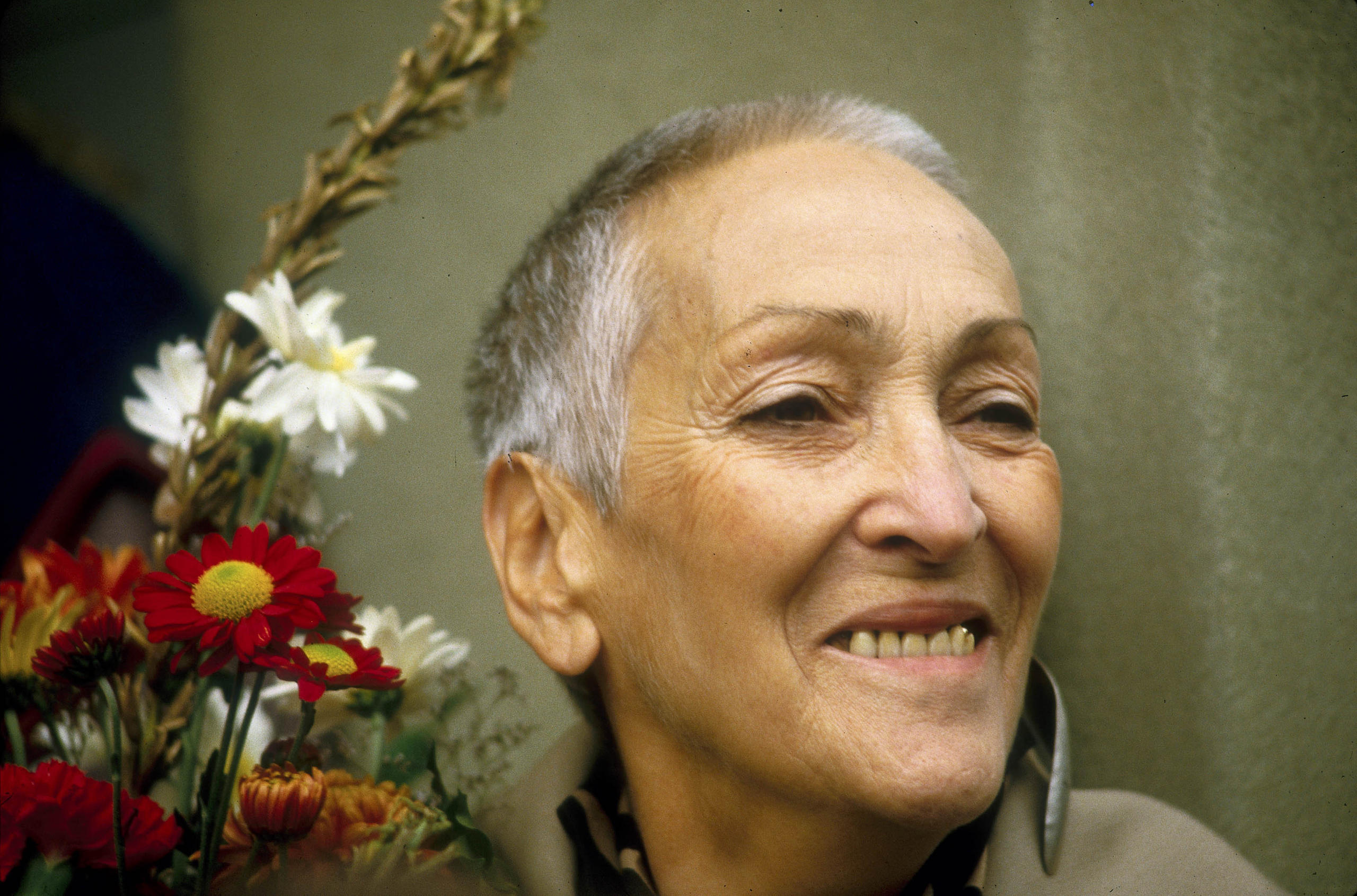
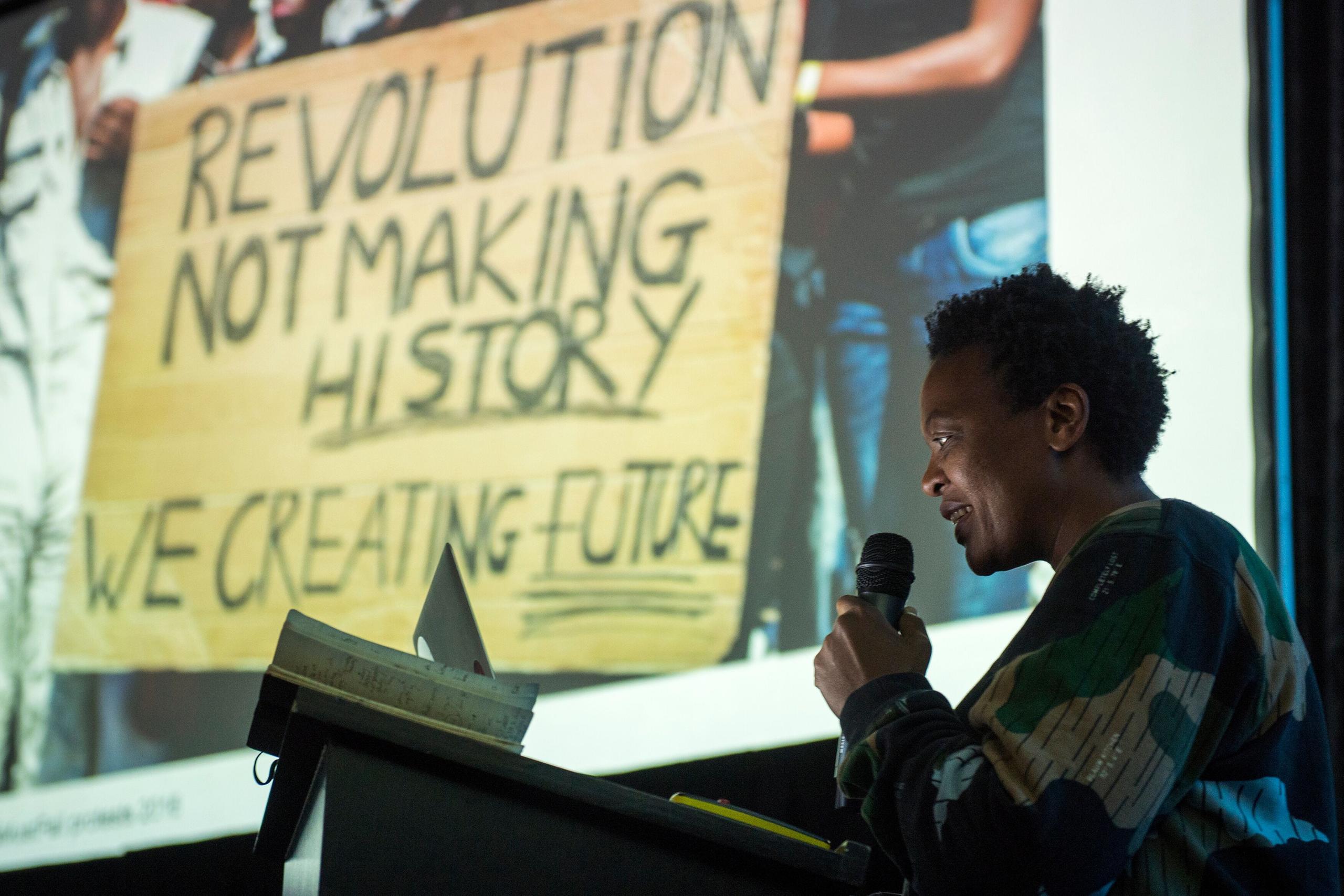
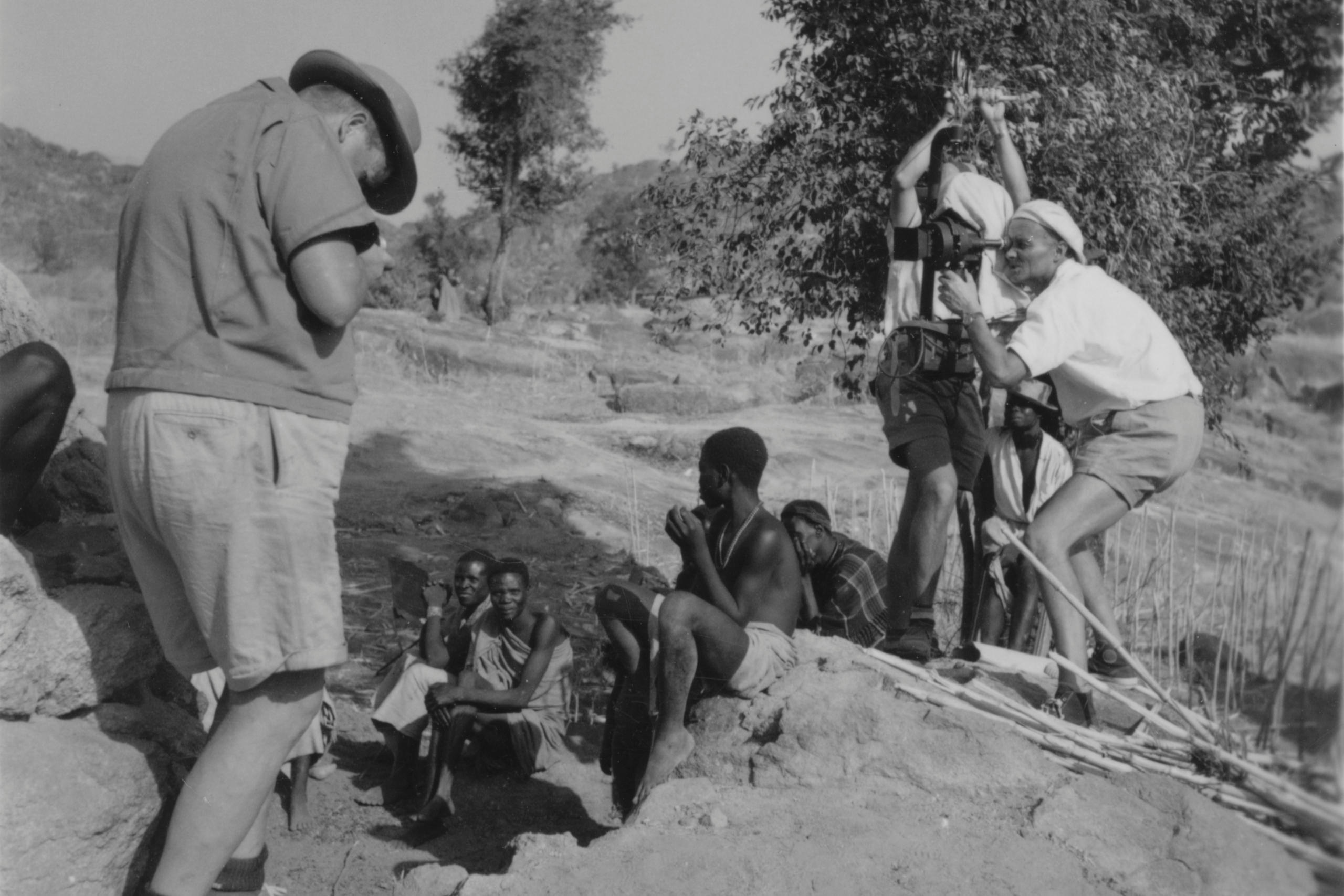
You can find an overview of ongoing debates with our journalists here . Please join us!
If you want to start a conversation about a topic raised in this article or want to report factual errors, email us at english@swissinfo.ch.